This post originally appeared in U.S. News and World Report.
Now that Hillary Clinton is all but certain to win the presidential election, the focus in the remaining days of the campaign has shifted down ballot to the partisan composition of the House and Senate.
Much to the consternation of Donald Trump, Speaker Paul Ryan has made a forceful case for retaining a House Republican majority to “balance” President Hillary Clinton and prevent her from advancing the Obama-Clinton agenda. Republican party strategists are advising their House and Senate candidates to implore voters to “not give Hillary a blank check.” Ironically, the very party whose entire campaign has been waged on the urgency of political change in Washington is now making their closing case for retaining the divided party government that has so bedeviled the country the past six years.
The American constitutional system is prone to divided control of the White House and Congress, with separately elected executive and legislative branches as well as midterm elections with sharply smaller and less demographically representative electorates. Under certain conditions, divided party government can facilitate legislative action on pressing, politically difficult issues where blame-sharing is essential. Yale political scientist David Mayhew documented many of these successes in his book “Divided We Govern.”
Unfortunately, those conditions are nowhere in sight these days. The parties have become more ideologically homogeneous and distinctive from one another, thereby reducing incentives for bargaining. At the same time, they have become more competitive in their quest for control of the White House and Congress, which elevates partisan team play over negotiation and compromise. Finally, the polarization between the parties is not symmetric. Republicans are now a radical, not conservative party – contemptuous of the policy inheritance of the past century; unpersuaded by conventional understanding of facts, evidence and science; scornful of compromise; and dismissive of the legitimacy of their political opposition. Divided party government under this toxic brew is a recipe for willful obstruction and policy irresolution.
Under President Obama, Republican majorities in the House and Senate embraced a strategy of unified opposition to all significant Democratic policy initiatives, even when their recent positions and opportunities for sincere bargaining counseled engagement. Hostage-taking with the debt ceiling, government shutdowns, abuse of the filibuster, nullification of measures duly enacted, blockage of judicial appointments (including an unprecedented refusal to even consider the president’s widely acclaimed nominee, Merrick Garland, to fill a Supreme Court vacancy this entire year) and endless inconsequential and symbolic investigations, debates and votes contributed mightily to the widespread public perception of a dysfunctional government.
Is there any reason to believe that divided government would work better after the 2016 election than before? Might a Republican Party divided and damaged by a disastrous Trump candidacy see it in their interest to work constructively with a new Democratic administration? Not a chance. A Senate led again by Mitch McConnell would ensure a disastrous start to a Clinton presidency. Staffing her administration and filling court vacancies would face pitched battles and endless delays. Most of her key domestic policy initiatives would likely founder on the refusal of Republicans to raise taxes on the very wealthy. Fortunately, a decisive victory in the presidential election will very likely produce a Democratic majority in the Senate and with it critical leverage with which to launch her presidency.
Facing a Republican majority in the House – likely but by no means certain – would then become the biggest stumbling block to policy making and effective governance. A strengthened Freedom Caucus will make feckless demands and threaten to oust Paul Ryan from the speakership if he does not comply with them. Ryan’s willingness to move Clinton proposals to the floor and build winning coalitions without a substantial number of his fellow Republicans is belied by his own hard-right policy blueprint, “A Better Way.” The contrast between the Clinton and Ryan proposals for the country’s future could not be sharper. No amount of bourbon-facilitated conversations between the two can bridge that gap.
The simple reality is that our broken politics and dysfunctional government are unlikely to heal until the Republican Party is remade or replaced. The Trump disaster may hasten that rebuilding but its remnants could just as easily prolong the GOP’s destructive insurgency. We need two responsible governing parties to make our constitutional system work. At present we have only one. The only reasonable alternative in the short term is a unified Democratic Party government.
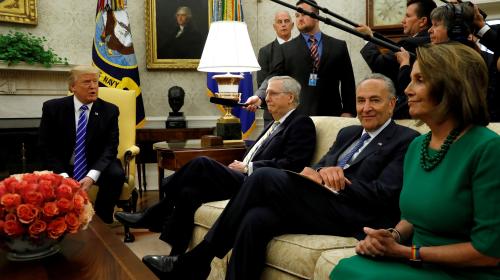
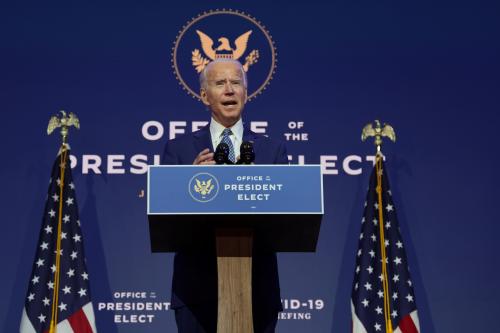

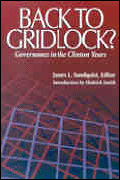
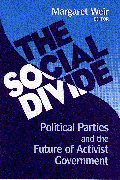
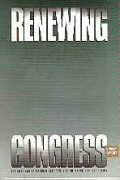



Commentary
No more divided government until the Republican party changes
October 30, 2016